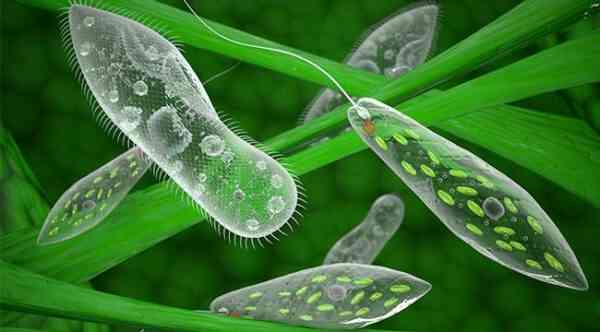The name of protozoa speaks for itself. They represent the most primitive form of life, but at the same time the most common on Earth. Once it was with them that evolutionary processes began, which eventually gave rise to a great variety of life forms, but they themselves still exist in the form in which they existed hundreds of millions of years ago.
Interesting facts about protozoa
- Unlike some bacteria, protozoa are not able to obtain nutrition through photosynthesis or the consumption of inorganic elements (interesting facts about bacteria).
- Protozoa account for the largest percentage of all biomass on our planet.
- In total, about 30 thousand species of protozoa have been studied so far. There are probably many more, but it is only a matter of time to study them.
- They are everywhere, really everywhere. A teaspoon of sand from any sea beach will contain about a hundred thousand protozoa – foraminifera.
- Among the protozoa there are no complex multicellular organisms.
- In order to see most of them, you need a microscope. However, some types of protozoa reach 1-2 mm in length.
- According to scientists, the total mass of all protozoa on the planet exceeds 550 billion tons.
- Different types of protozoa reproduce in different ways – sexually, asexually, or even by division.
- About 90% of the mass of all living organisms in the aquatic environment of the Earth falls on protozoa.
- Some of their species have a sense of smell, and they are able to recognize odors.
- Protozoa are surprisingly tenacious. Some of their species live near underwater geothermal sources, with monstrous pressure of the water column and a water temperature of 300-350 degrees Celsius.
- Extinct about 70 million years ago, sea rhizomes were the largest protozoan organisms on Earth. They reached 20 centimeters in length.
- In the deepest place on the planet, at the bottom of the Mariana Trench, colonies of protozoa were discovered that have existed unchanged for more than a billion years.
- In each cubic about 100 million ciliates live in a centimeter of the stomach of an average adult cow.
- Under adverse conditions, many protozoa can fall into suspended animation, while maintaining viability for 10-15 years.
